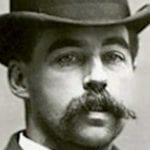 Weird Stuff
Weird Stuff  Weird Stuff
Weird Stuff  Our World
Our World 10 Ways Your Christmas Tree Is More Lit Than You Think
 Movies and TV
Movies and TV The 10 Coolest Stars to Set Sail on The Love Boat
 History
History 10 Things You Didn’t Know About the American National Anthem
 Technology
Technology Top 10 Everyday Tech Buzzwords That Hide a Darker Past
 Humans
Humans 10 Everyday Human Behaviors That Are Actually Survival Instincts
 Animals
Animals 10 Animals That Humiliated and Harmed Historical Leaders
 History
History 10 Most Influential Protests in Modern History
 Creepy
Creepy 10 More Representations of Death from Myth, Legend, and Folktale
 Technology
Technology 10 Scientific Breakthroughs of 2025 That’ll Change Everything
 Weird Stuff
Weird Stuff Ten Bizarre Facts About The Doge Meme
 Our World
Our World 10 Ways Your Christmas Tree Is More Lit Than You Think
 Movies and TV
Movies and TV The 10 Coolest Stars to Set Sail on The Love Boat
Who's Behind Listverse?

Jamie Frater
Head Editor
Jamie founded Listverse due to an insatiable desire to share fascinating, obscure, and bizarre facts. He has been a guest speaker on numerous national radio and television stations and is a five time published author.
More About Us History
History 10 Things You Didn’t Know About the American National Anthem
 Technology
Technology Top 10 Everyday Tech Buzzwords That Hide a Darker Past
 Humans
Humans 10 Everyday Human Behaviors That Are Actually Survival Instincts
 Animals
Animals 10 Animals That Humiliated and Harmed Historical Leaders
 History
History 10 Most Influential Protests in Modern History
 Creepy
Creepy 10 More Representations of Death from Myth, Legend, and Folktale
 Technology
Technology 10 Scientific Breakthroughs of 2025 That’ll Change Everything
10 Greatest Dancers of the Twentieth Century
The art of dance is a unique form of expression, employing a universal body language that everyone understands. From ballet to contemporary, from hip-hop to salsa, and from oriental to flamenco, dance is certainly enjoying something of a renaissance lately.
But when it comes to individual dancers, who has the best moves? The greatest poise, power, and poignancy? This list showcases ten of the greatest dancers of the twentieth century—selected for their fame, popularity, and influence around the globe.
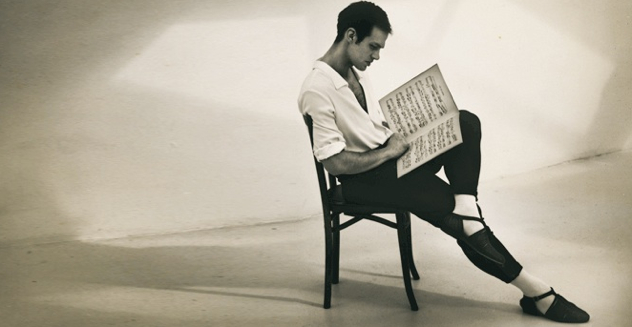
Vaslav Nijinsky was one of the most talented male ballet dancers in history; perhaps even the greatest. Unfortunately, there isn’t any clear footage of his incredible talent in motion, which is the main reason he ranks so low in this list.
Nijinsky was well-known for his amazing ability to defy gravity with his magnificent leaps, and also for his ability of intense characterization. He is also remembered for dancing en pointe, a skill not commonly seen by male dancers. Nijinsky was paired in leading roles with legendary ballerina Anna Pavlova. He was then partnered with Tamara Karsavina, a founder of London’s Royal Academy of Dancing. He and Karsavina have been referred to as the “most exemplary artists of the time.”
Nijinsky retired from the stage in 1919, at the relatively young age of twenty-nine. His retirement was believed to be brought on by a nervous breakdown, and he was also diagnosed with schizophrenia. Nijinsky spent the last years of his life in psychiatric hospitals and asylums. He danced in public for the very last time during the final days of World War Two, impressing a group of Russian soldiers with his complex dancing abilities. Nijinsky died in London on April 8, 1950.
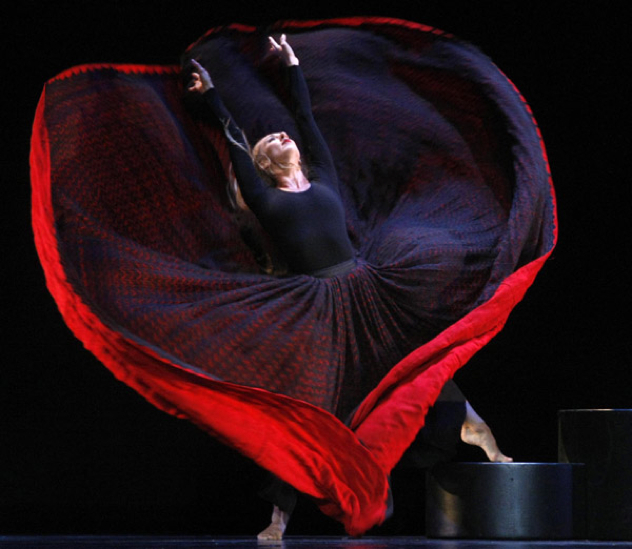
Martha Graham is considered to be the mother of modern dance. She created the only fully-codified modern dance technique, choreographed more than one hundred and fifty works during her lifetime, and has had a remarkable impact on the entire field of modern dance.
Her technique’s deviation from classical ballet, and its use of specific body movements such as the contraction, release, and spiral, has exerted a profound influence on the dancing world. Graham even went so far as to create a movement “language” based upon the expressive capacity of the human body.
She danced and choreographed for over seventy years, and during that time was the first dancer to perform at the White House; the first dancer to travel overseas as a cultural ambassador; and the first dancer to receive the highest civilian award, the Medal of Freedom. As the mother of modern dance, she will be immortalized for her intensely emotional performances, her unique choreography, and especially for her homegrown technique.
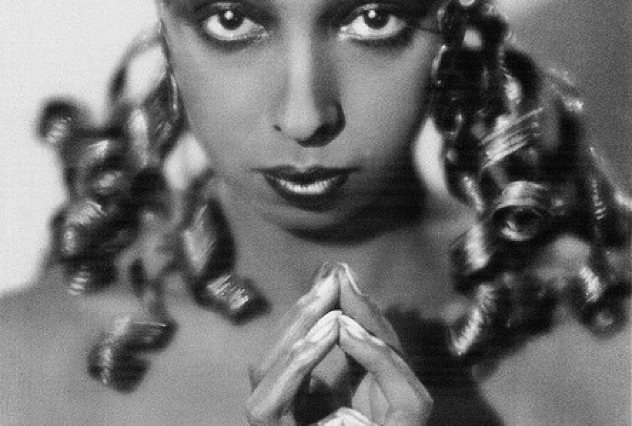
Although Josephine Baker is primarily associated with the Jazz Age, her influence is still alive and kicking, as it were, almost one hundred and ten years after her birth.
Many decades before Madonna, Beyonce, Janet Jackson, Britney Spears and Jennifer Lopez, there was Josephine Baker; one the world’s first celebrities of African origin. Josephine traveled to Paris in 1925 to appear in La Revue Nègre. She made quite an impression on French audiences, with her exotic charm and her talents forming a perfect combination.
She performed in the Folies Bergère the following year—and this was what really made her career. She appeared wearing a skirt made of bananas, and wowed the crowds with her style of dancing. She later added singing to her act, and remained popular in France for many years to come. Josephine Baker returned the affection of the French people, becoming a French citizen herself in 1937.
In France, she did not feel the same level of racial prejudice that was prevalent in the United States at the time. Near the end of her life, Josephine Baker hoped to create a “world village” at her estate in France, but these plans collapsed under financial troubles. To raise funds, she returned to the stage. This comeback involved a short but triumphant run on Broadway in the 1970s; and in 1975, she opened a retrospective show in Paris. She died on that same year of a brain hemorrhage, a week after the show opened.
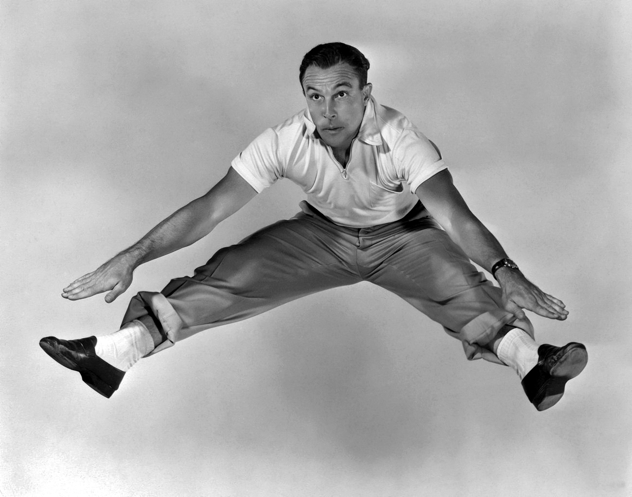
Gene Kelly was one of the biggest stars and greatest innovators during Hollywood’s golden age of musicals. Kelly considered his own style to be a hybrid of various approaches to dance, including modern, ballet, and tap.
Kelly brought dance to theaters, utilizing every inch of his set, every possible surface, every sweeping camera angle to break out of the two-dimensional limitation of film. And by doing this, he changed the way directors thought about the camera; it became a fluid tool, as much a dancer itself as the things it was documenting.
Kelly’s legacy permeates the music video industry. The photographer Mike Salisbury photographed Michael Jackson for the cover of “Off the Wall” in the “Gene Kelly white sox and loafers”—a signature look for the movie star, which would soon become the singer’s own recognizable brand.
Paula Abdul, originally known primarily for her dancing and choreography, referenced Kelly’s famous dance with Jerry the Mouse in her kitschy video for “Opposites Attract,” which includes a final tap-dance breakdown. Usher was yet another top-selling artist to pay explicit tribute to Kelly. There will never be another like Kelly; his work continues to resonate with generation after generation of American dancers.
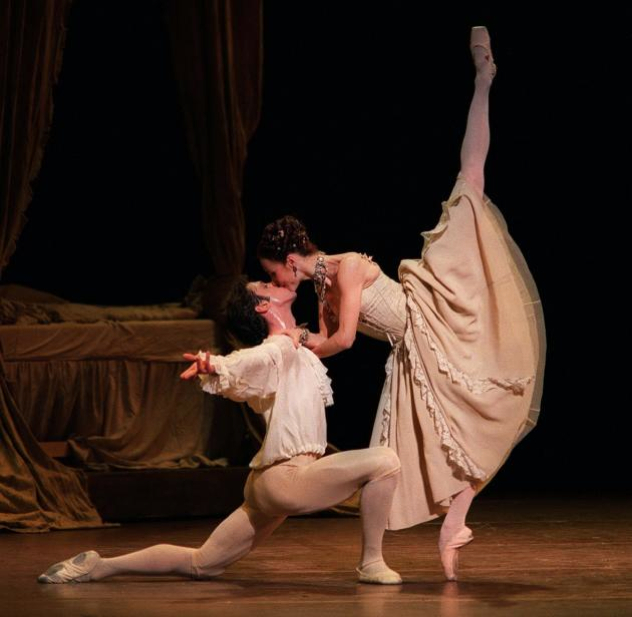
At forty-eight, Sylvie Guillem continues to defy the laws of ballet—and of gravity. Guillem has changed the face of ballet with her extraordinary gifts, which she has always used with intelligence, integrity and sensitivity. Her natural curiosity and courage has led her down daring paths, beyond the usual boundaries of classical ballet.
Instead of spending her entire career in “safe” productions, she has made bold choices, equally capable of performing at the Paris opera house as “Raymonda“, or as part of the groundbreaking “In The Middle Somewhat Elevated” by Forsythe. Almost no other dancer has such scope, and it is no wonder that she has become the model for most dancers around the world. Like Maria Callas in the opera world, Guillem has re-shaped the popular image of the ballerina.
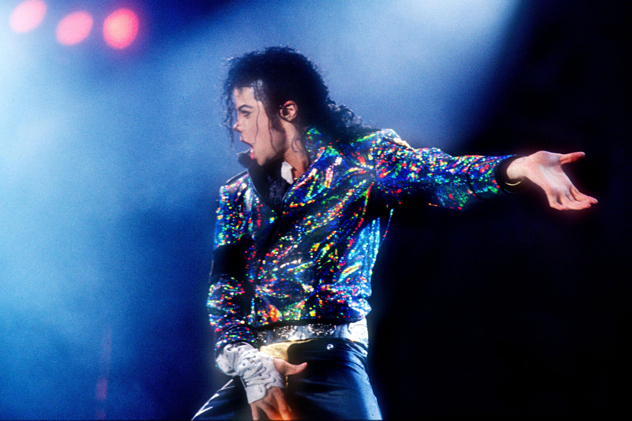
Michael Jackson was basically the man who made music videos a trend—and without a doubt the one who made dancing an essential element of modern pop music. Jackson’s moves have now become standard vocabulary in the pop and hip-hop routines. Most modern pop icons—such as Justin Bieber, Usher, and Justin Timberlake—admit that they have been heavily influenced by Michael Jackson’s style.
His contributions to dance were original and extraordinary. Jackson was an innovator who was primarily self-taught, designing new dance moves on his gifted frame without the often-limiting effects of formal training. His natural grace, flexibility, and astonishing rhythm contributed to the creation of the “Jackson style.” His collaborators called him “the sponge,” a nickname which referred to his knack for soaking up ideas and techniques wherever he found them.
Jackson’s chief inspirations were James Brown, Marcel Marceau, Gene Kelly, and—perhaps surprisingly to many people—various classical ballet dancers. Unbeknownst to many of his fans, he had previously tried to “pirouette like Baryshnikov” and “tap like Fred Astaire,” and had failed miserably. His dedication to his own unique style, however, gave him the glory he was looking for—and today he stands alongside the other giants of popular music, such as Elvis and The Beatles, as one of the greatest pop icons of all time.
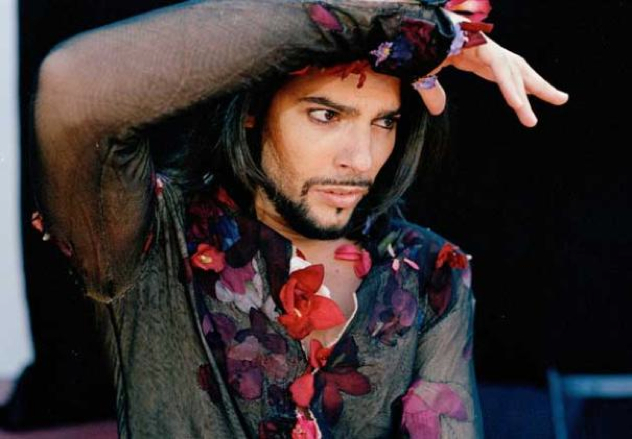
Joaquín Cortés is the youngest entry on this list—and even though he’s still in the process of building his legacy, he’s one of the very few dancers in history who has managed to become a phenomenal sex symbol, loved by men and women alike. Elle Macpherson described him as “sex on legs”; Madonna and Jennifer Lopez publicly claimed to adore him; while Naomi Campbell and Mira Sorvino are among the women whose hearts he has (allegedly) broken.
It’s safe to say that Cortés is not just one of the greatest Flamenco dancers alive, but also the one who cemented the Flamenco’s place in popular culture. His male fans include Tarantino, Armani, Bertolucci, Al Pacino, Antonio Banderas, and Sting. Many of his fans refer to him as a Flamenco God—or simply a Sex God—and when you get the chance to watch one of his shows, you’ll be able to see why. But at the age of forty-four, Cortés remains single, stating that “Dancing is my wife, my only woman.”
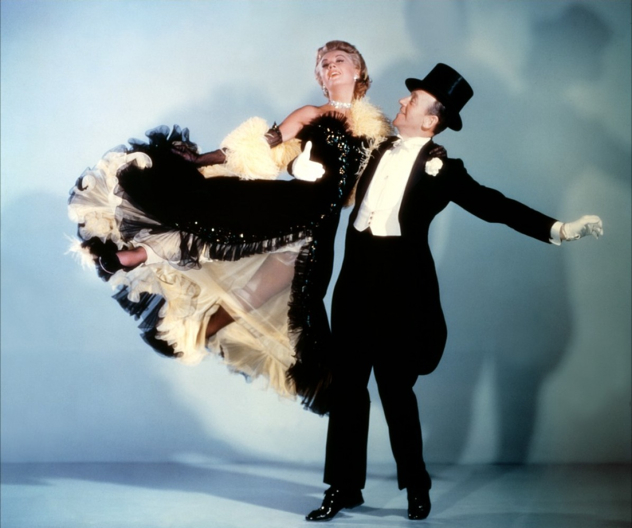
Astaire and Rogers were certainly a formidable pair of dancers. It’s said that “He gave her class, and she gave him sex appeal.” They made dancing much more appealing to the masses during rather prudish times. This perhaps owed something to the acting involved in the performance, as Rogers made dancing with Astaire look like the most thrilling experience in the world.
The timing was ideal, too; during the Depression Era, many Americans were struggling to make ends meet—and these two dancers offered many people a way to escape from reality for a while, and to have some fun.
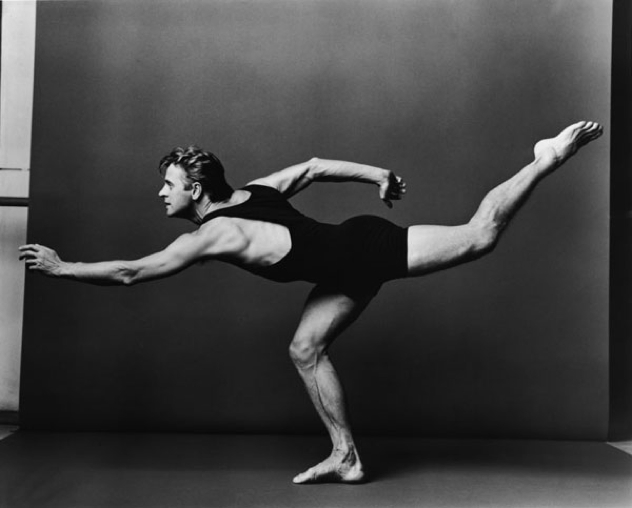
Mikhail Baryshnikov is one of the greatest ballet dancers of all time; many critics consider him to be the greatest. Born in Latvia, Baryshnikov studied ballet at the Vaganova School in St. Petersburg (then known as Leningrad) before joining the Kirov Ballet in 1967. Since then, he has held the lead role in dozens of ballets. He played a key role in making ballet part of popular culture back in the late 1970s and early ‘80s, and he was the face of the art form for more than two decades. Baryshnikov is probably the most influential dancer of our time.

Baryshnikov captured the hearts of critics and fellow-dancers, but Rudolf Nureyev was the one who managed to enthrall millions of ordinary people around the world. Born in Russia, he became a soloist for the Kirov Ballet at the age of twenty. In 1961, when his life offstage made him the subject of scrutiny from Russian authorities, he sought political asylum in Paris and then toured with the Grand Ballet du Marquis de Cuevas.
In the 1970s, he broke into film. Most critics claim that technically he wasn’t as good as Baryshnikov, but Nureyev still managed to charm the crowds with his amazing charisma and his emotional performances. Nureyev and Fonteyn’s “Romeo and Juliet” remains to this day one of the most powerful and emotional performances by a dancing duo in the history of ballet.
Unfortunately, Nureyev was one of the early victims of HIV, and died from AIDS in 1993. Twenty years on, we can still witness the incredible legacy he left behind him.
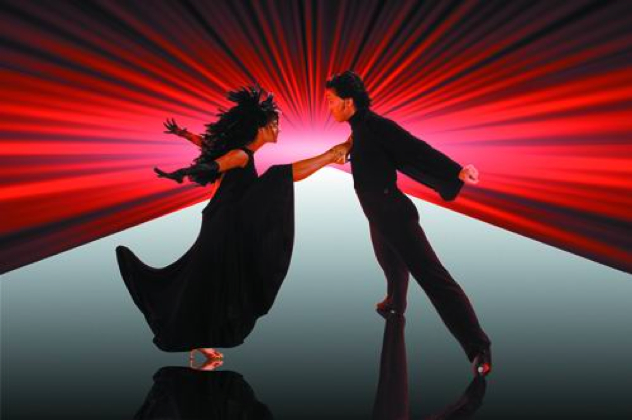
Donnie Burns is a Scottish professional ballroom dancer who specializes in Latin dance. He and former dance partner Gaynor Fairweather were World Professional Latin champions a record sixteen times. He’s the current president of the World Dance Council and also appeared on the twelfth season of Dancing with the Stars.
He’s considered the greatest ballroom dancer of all time, and his championship performances with his partner are now considered to be classics. But things weren’t always so great for Burns. During an interview with the Daily Sun, he admitted: “I never thought a wee boy from Hamilton would ever experience a fraction of what I’ve gone through in life. I was relentlessly teased at school and I used to get into fights because I wanted to prove I wasn’t a “Dancing Queen.”
We are quite sure that he wouldn’t mind the epithet commonly applied to him today; Donnie Burns is now widely thought of as the “Dancing King.”
Theodoros II is a collector of experiences and a law graduate. He loves History, Sci-Fi culture, European politics, and exploring the worlds of hidden knowledge. His ideal trip in an alternative world would be to the lost city of Atlantis. His biggest passions include Writing, Photography and Music. You can view his photostream here.






